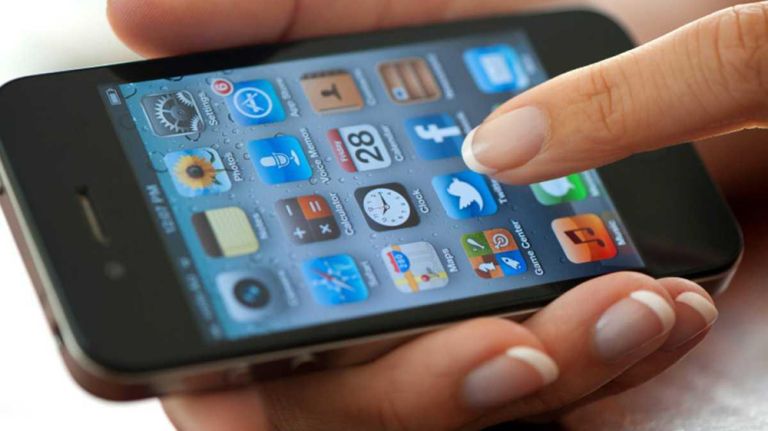By Travis Feldler
New York is a city built on innovation and big ideas. Since its founding, we’ve seen thousands of the world’s most successful, cutting-edge businesses from every industry, from finance to media to tech, set up shop and grow in New York.
Companies big and small recognize that New York City’s unique ecosystem – the talent, the proximity to capital, the public transit, and the technology – is the backbone of success for many businesses, and choose to come here because of these foundational elements for growth. As the pandemic shifts the traditional way of working and renders physical location less important than ever before, it’s critical that New York adapts its infrastructure in order to attract and keep companies here. Our financial recovery depends on it.
But right now, New York is falling behind. As other cities install the technology for connectivity that will propel their economies into the future, New York remains stagnant. If New York wants to maintain its historic position at the center of industry and if the city is to recover and come back stronger from the pandemic, we urgently need to update the connectivity, like 5G networks, to undergird our economy and ensure opportunities for future generations of New Yorkers.
I’m a proud New Yorker, born and raised. And I have had the pleasure of building my virtual reality education technology company, TechRow, in my native city. I chose to establish TechRow here because I want to give back to my community and serve the students of New York, and because being a part of New York’s tech sector is beneficial for both my organization and for the students participating in it.
Unfortunately, current city leadership’s unwillingness to update the city’s digital infrastructure by deploying 5G technology threatens the future of TechRow, the students we serve, and the long-term health of New York City’s economy. Here’s why.
Many major cities, including Chicago and Los Angeles, already have the infrastructure necessary for 5G in place. We are behind – and may lose desperately-needed jobs as a result.
Tech companies and startups account for hundreds of thousands of good-paying jobs in New York City. Many, including TechRow, rely on next generation technologies, like virtual reality and augmented reality, and will need 5G to stay at the cutting-edge of their industries and continue to develop their products. If they don’t have the tech infrastructure they need to continue to innovate, they will look to set up shop elsewhere and take high-paying jobs with them. We can’t afford to let that happen as we stare down the worst unemployment crisis in over a decade.
And we can’t forget the impact that the pandemic is having on students. This crisis has laid bare longstanding inequities in access to education and career opportunities. TechRow and other ed tech organizations exist to provide young people – particularly those who have been traditionally underserved – with the immersive learning experiences and knowledge they need for the jobs of tomorrow. Students represent the future talent pipelines of industry in New York City. How can we prepare learners for the future when we are teaching them on the digital infrastructure of the past?
Strengthening New York City’s economy has never been more urgent as we dig out from this crisis. And updating our tech infrastructure will be a major part of that effort. From emergency response during a global pandemic, to educating our young people, to driving an innovation economy necessary to maintain our city’s competitiveness, every single person in New York will benefit from an improved connectivity. Let’s make sure New York stays at the forefront of business and innovation where it belongs.
Travis Feldler is the Founder and CEO of TechRow, an education technology organization that harnesses the power of community and innovation to improve learning and life outcomes through immersive technology.



































